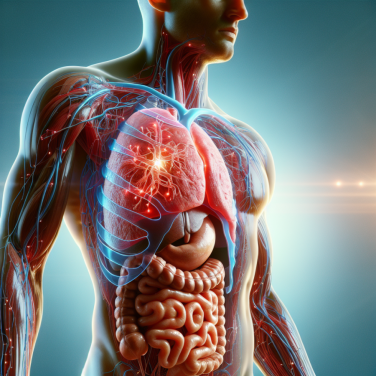Analyzing the Current Soccer Roster: Key Players to Watch
The current soccer roster for many teams around the world boasts a wealth of talent. However, there are always standout names, established stars, and emerging talents looking to make a significant impact on the pitch. Here are some of the key players to look out for based on their performance and contributions to their respective teams.
Lionel Messi, viewed by many as the greatest player of this generation and arguably in history, requires no introduction. Following his move from Barcelona to Paris Saint Germain (PSG), expect the Argentine maestro's influence to be significant. Known for his incredible skills, precise passing, and his ability to rack up goals, Messi will no doubt be a key player in PSG's quest for glory.
Staying in France, Kylian Mbappe is another crucial player to monitor. Despite being somewhat overshadowed by the arrival of Messi at PSG, the World Cup-winning Frenchman has the pace, technical skills, and goal-scoring prowess that make him a threat to every team he faces. His combination play with Messi could be thrilling to watch.
Heading over to England, Manchester City's Kevin De Bruyne is undoubtedly a key player for the reigning Premier League champions. The Belgian international boasts a unique combination of vision, technical ability, and goal-scoring touch. His contribution to Manchester City's attacking play is irreplaceable. The team often looks less fluent and potent without De Bruyne pulling strings from the midfield.
Erling Haaland is the man to watch in Germany. The Borussia Dortmund striker is one of the world’s most exciting talents. At just 20 years old, his striking prowess has already taken the Bundesliga by storm. His speed, strength, and clinical finishing ability make him one of top strikers globally. The Norwegian will be pivotal for Borussia Dortmund's ambitions this season.
In Italy, Romelu Lukaku's return to Chelsea means that Serie A has lost one of its stars. However, Juventus’ Federico Chiesa is worth tracking. The young Italian had a breakout season last year and shone during the European Championship. His speed and directness will be crucial for Juventus as they look to regain the Serie A title.
Switching focus to Spain, after an underwhelming first season, Eden Hazard could play a more significant role for Real Madrid this campaign. If he can remain fit, the former Chelsea player's skills, pace, and creativity could bring back the attacking flair that Real Madrid has been missing since Cristiano Ronaldo’s departure.
Read also:
The Compatibility of Golf Clubs with a Ford Edge: A Comprehensive Guide
Understanding Different Playing Positions in Today's Soccer Line-up
In the sport of soccer, understanding the different playing positions is essential to deciphering the complexities of the game and making sense of the strategic decisions made by coaches. Today's soccer line-up is not just an arbitrary placement of players. Each position has a unique set of responsibilities and requires specific skills.
The positions typically fall under four main categories: goalkeepers, defenders, midfielders, and forwards. However, the modern game has evolved to include more specialized roles within these broad categories.
Starting with the goalkeeper, his primary role is to prevent the opponent from scoring by blocking shots. Additionally, goalies often control the ball with their feet as much as their hands, distributing the ball to teammates to start offensive opportunities. They might not have as much involvement in the overall field play, but their importance cannot be sidelined as they often make the difference between a win and a loss.
Defenders, primarily tasked with preventing goals, are the backbone of any team. They form the defensive line and work collectively to hinder the opposing team's progress towards their goal. These positions include center-backs, who are stationed centrally in the defense, full-backs who occupy both flanks, and wing-backs who operate even wider on the pitch. A newer role, the sweeper or libero, plays behind the main line of defenders, cleaning up loose balls and covering defensive gaps.
Midfielders are the connectors between the defenders and the forwards. They are responsible for defending their goal and also launching attacks. Hence, these players must have good ball-handling skills and an understanding of the game. Midfielders can further be classified as defensive, central or attacking, each with differing attacking and defending duties. Also, wide midfielders, also known as wingers, often have the dual role of creating chances and scoring goals.
Forwards, also known as strikers, have the main task of scoring goals. They stay relatively close to the opposing team’s goal and are often the target of passes from midfielders that could lead to a scoring opportunity. Within these positions, we can find center-forwards, who stay central and often act as a target man, second strikers, who operate just behind the main striker, and wide forwards, who operate from the wide areas of the field.
Today's soccer teams may also employ a False 9, a player who is nominal striker but drops deep into midfield, a role popularized by Lionel Messi at Barcelona.




